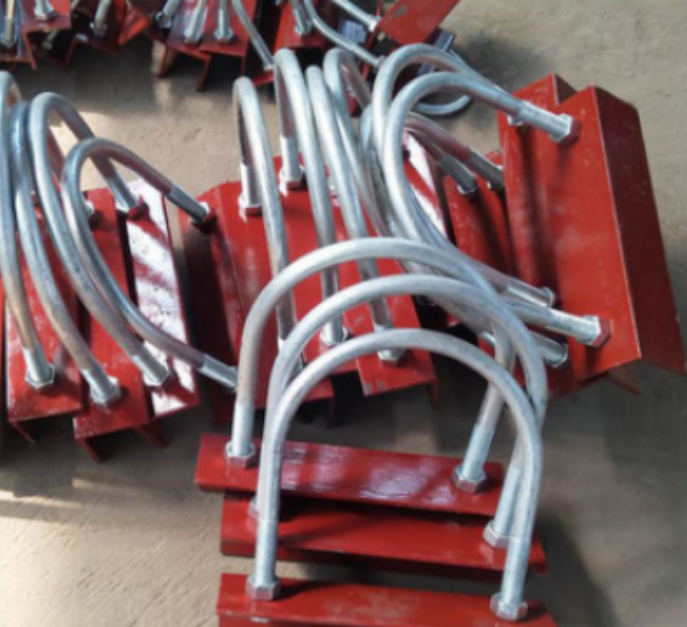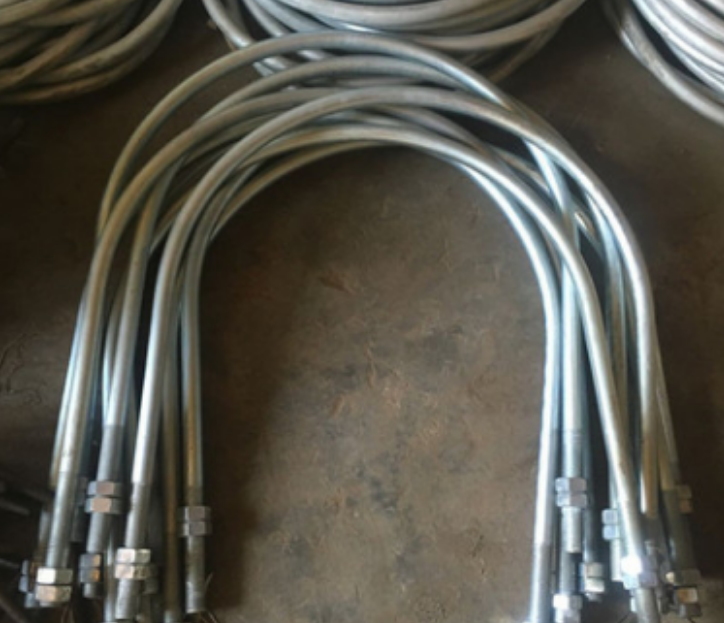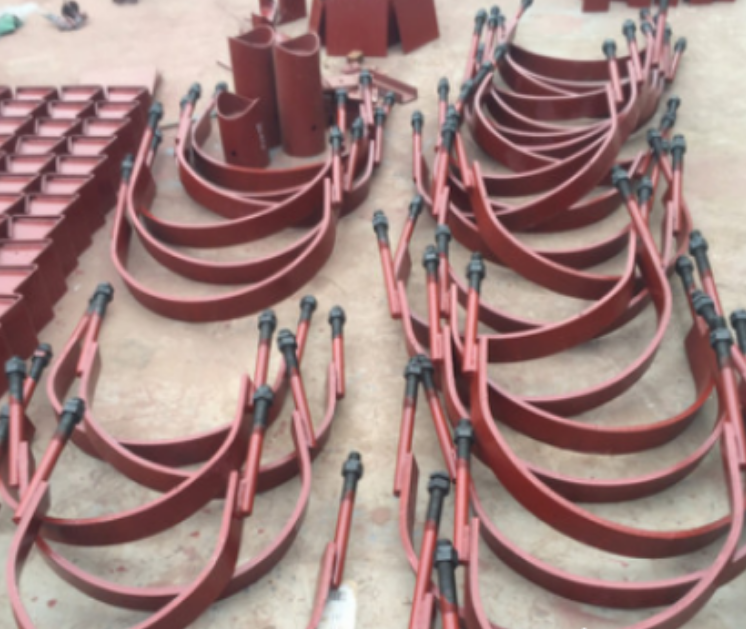Click here for more products
Fabricated from materials like iron,steel alloys,and corrosion-resistant stainless steel,U-bolts,though compact in size,exhibit remarkable strength.Often referred to as metallic anchor bolts,they are recognized for their formidable clamping power ensuring steadfast securing.Their adaptability is noteworthy,frequently utilized in the setup of support pillars,rooftops,and air conditioning units.Nowlet’s discuss the key aspects to consider when installing U-bolts.

1.U-bolt material
In many cases,some knowledge about U-bolts is sometimes overlooked when working,not knowing what the material of U-bolts isOften shorten the service life of U-bolts,which refers to galvanic corrosion,in which case certain metal combinations can lead to thinning.
For instance,upon contact with aluminium,stainless steel tends to dislodge the electrode from the aluminium sheet,thus hastening aluminium’s decay.Drawing from previous knowledge,it’s vital to ascertain the precise metallic blend employed to prevent intermingling.If a slidable pipe is in usecontemplating the adoption of U-bolts coated with thermoplastic is recommended.Such a choice lessens friction and aids in averting pipe cracks or tears.

2.Connecting at the right shade
Getting the correct depth can be tricky,as the depth of the U-bolt will determine the freedom of movement of the pipe or tubing.However,failing to get the U-bolt deep enough can lead to major problems.If the nut extends beyond the end of the bolt,additional pressure will be applied to the bolt and nutmeaning that the nut will not hold the U-bolt securely due to gravity and the pipeline pulling it down,with the result that the bolt may fall out and objects may fall offInstead,make sure the bolt extends through the entire head of the nut
3.Careful drilling
The holes for installing U-bolts,must be firmly installed at the ends of the bolts.Orthey will leave room for harmful corrosive substances,such as dust or water,which may cause the bolts to wobble,the pipes to shake,and the beams to break.At the same time,over-tightened holes,can also force U-bolts to be inserted or hammered into the holes,which can lead to thread stripping.The American Society of Mechanical Engineers,has established through-hole standards,based on relevant web queries,which lists recommended hole sizes,and adjusts the sizes,according to the degree of looseness of the U-bolts.Following these industry standards,is an easy way to ensure that you’re drilling holes of the correct size.
4.Be accurate when tightening
Similar to drilling,the nut should be tightened in the proper form of the nut;too loose and the nut will loosen,too tight and it may strip the wire.Use a tool to tighten the nutnever force the nut

